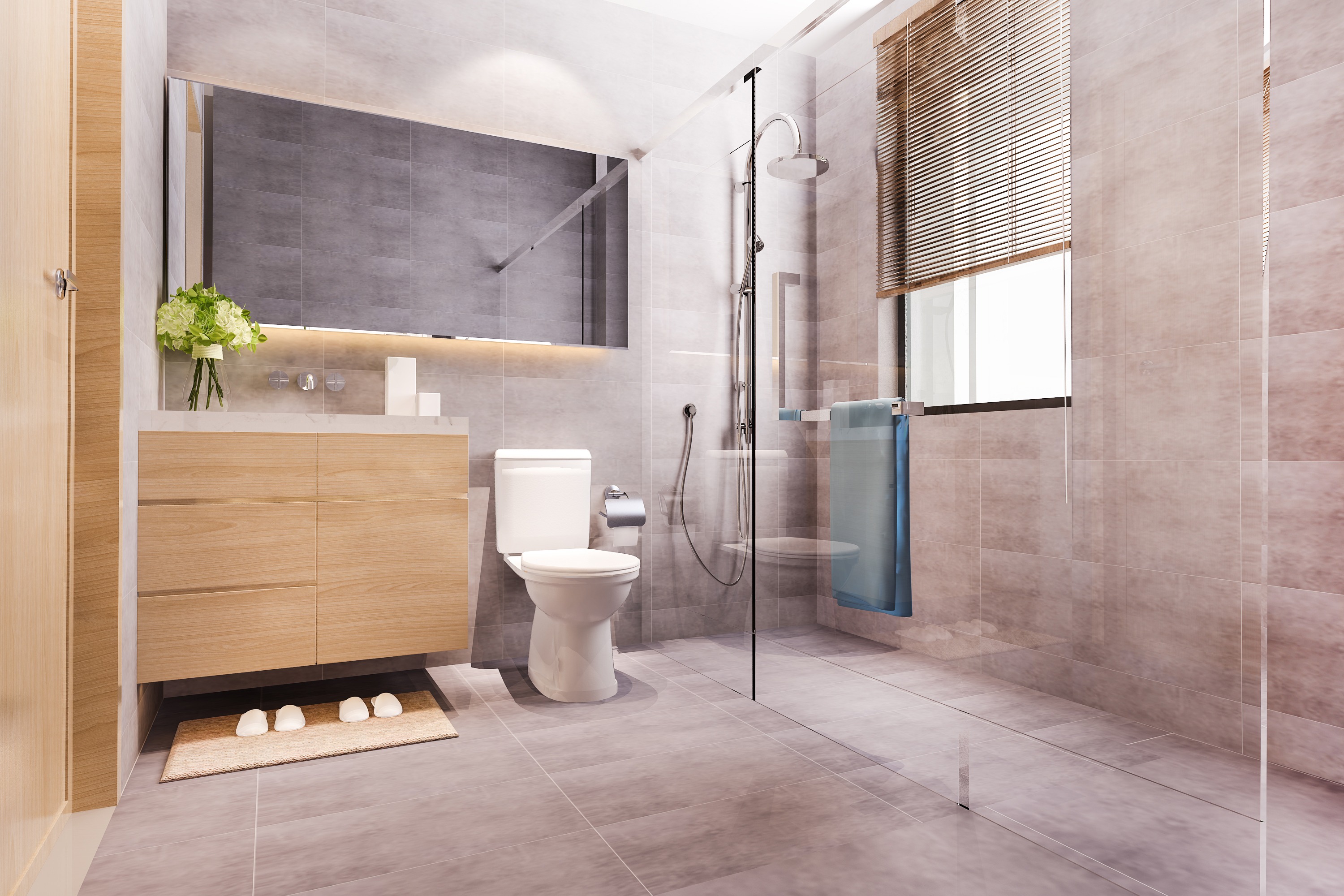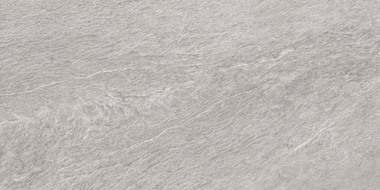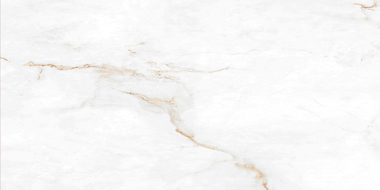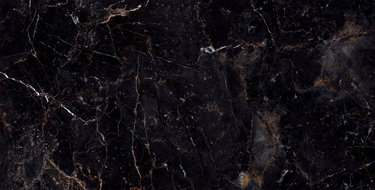
Non-slip tiles are the perfect combination of safety and aesthetics, ideal for any area exposed to moisture, such as bathrooms, kitchens, or terraces. When choosing floor tiles, it's worth paying attention to their anti-slip properties, which provide protection against slipping while also being a stylish element of the decor. Today we will discuss how to choose non-slip tiles, what the importance of anti-slip classes from R9 to R13 is, and how to combine functionality with design. How to find ceramic tiles that are both safe and beautiful?
What will you learn from this text?
Non-slip tiles are increasingly decorating the floors of homes and other buildings in Ireland. If you want to have them in your place as well, it's worth getting acquainted with our article where we discuss topics such as:
- What anti-slip grades we distinguish for tiles.
- Which ones will match specific rooms.
- What are often alternatives to this type of tile.
What is tile anti-slip and why is it important?
Tile anti-slip is a feature that determines how well a surface prevents slipping, especially in wet or moist conditions. Non-slip tiles are crucial in rooms such as:
- bathrooms,
- kitchens,
- outdoor areas.
When choosing tiles, it's important to pay attention to the technical parameters of the tiles, including the anti-slip class which is indicated by the letter “R” and a number from R9 to R13, indicating the slip angle.
How is anti-slip measured?
The anti-slip of tiles is determined by the critical slip angle, which is the angle of inclination at which a tester loses grip. Tests are conducted according to DIN 51130 standard, and the results assign a group of tiles to the appropriate class:
- R9 – lowest anti-slip, suitable for dry areas, e.g. living rooms, corridors and stairs.
- R10 – medium anti-slip, ideal for home bathrooms and kitchens.
- R11-R13 – high anti-slip, recommended for wet areas like pools, paddling pools, or terraces.
Why choose non-slip tiles?
Non-slip tiles ensure safety, especially in homes with children, elderly people, or in public places such as non-slip tiles for bathrooms for the disabled. Additionally, ceramic tiles with anti-slip properties are resistant to mechanical damage and easy to maintain, making them a practical choice.
Key advantages of non-slip tiles:
- provide safety – minimize the risk of slipping,
- are durable – resistant to moisture and damage,
- easy to clean – do not require complicated maintenance,
- aesthetic – available in many patterns and colors.
The wide selection of anti-slip tiles allows them to match any interior style, from minimalist to classic, without compromising on safety.
How to choose non-slip tiles for different rooms?
When choosing floor tiles, it's important to consider the specifics of the room where they will be used. Non-slip tiles for kitchens, non-slip tiles for shower trays, or non-slip outdoor tiles have different requirements for anti-slip class and design.
Design of non-slip tiles – how to combine style with functionality?
Non-slip tiles don't have to be boring – today's market offers a wide range of non-slip tiles that combine anti-slip properties with attractive design. Anti-slip tiles are available in various colors, patterns, and textures, allowing for beautiful arrangements without sacrificing safety.
Ceramic tiles with anti-slip properties can mimic natural materials such as wood, stone, or marble. For example, floor tiles in shades of gray are perfect for minimalist bathrooms, while models in warm wood tones are ideal for Scandinavian-style kitchens. When choosing floor tiles, we advise focusing on a matte finish, which not only increases the anti-slip properties of tiles but also adds elegance to interiors.
Structured non-slip tiles with slight protrusions or rough surfaces provide better grip and are also an interesting decorative element. For example, anti-slip porcelain stoneware for the shower with a subtle texture can resemble natural stone, giving the interior a luxurious character. The critical slip angle in such tiles is higher, which increases safety.
When choosing tiles, it's worth considering their size and layout. Large floor tiles (e.g. 120x60 cm) visually enlarge the space but require precise installation to maintain anti-slip properties. Smaller formats, like mosaics, are ideal as non-slip tiles for the shower tray, as they increase the number of joints, which additionally improve grip.
How to combine design with functionality?
- opting for a matte finish – less slippery and stylish,
- choosing natural patterns – wood, stone, or concrete are timeless,
- experimenting with mosaics – add charm and improve anti-slip properties,
- selecting appropriate joints – light joints visually enlarge the space, dark ones hide dirt.
Alternatives to non-slip tiles
While non-slip tiles are the most popular choice for moisture-exposed areas, there are alternatives that can complement or replace floor tiles in some cases. Non-slip mats or coatings are solutions worth considering.
Non-slip mats are easy to install and remove, making them an ideal temporary solution or for rental accommodations. They work well in shower trays, baths, or on bathroom floors. However, mats can accumulate moisture, requiring regular cleaning to prevent mold.
Special coatings applied to existing ceramic tiles can increase the anti-slip properties of tiles without needing replacement. This solution is cheaper but less durable than non-slip tiles and requires periodic renewal.
In some cases, such as on terraces, composite boards with anti-slip properties can be considered. However, in bathrooms and kitchens, floor tiles remain the most practical choice due to their resistance to moisture and mechanical damage.
Non-slip tiles offer the best balance between durability, safety, and aesthetics, but alternatives can be a supplement in specific situations.
Non-slip tiles are an investment in safety and style
Non-slip tiles are an excellent solution for anyone who wants to combine safety with beautiful design. When choosing floor tiles, we advise paying attention to the anti-slip class (from R9 to R13), the technical parameters of the tiles, and their suitability for specific rooms – whether it's non-slip tiles for the kitchen, non-slip outdoor tiles, or anti-slip porcelain stoneware for the shower. The wide selection of anti-slip tiles allows you to find models that meet expectations both in terms of anti-slip properties and aesthetics. If anyone wants to learn more, for example, about how to install a countertop washbasin, we recommend checking out our blog with useful tips.


























